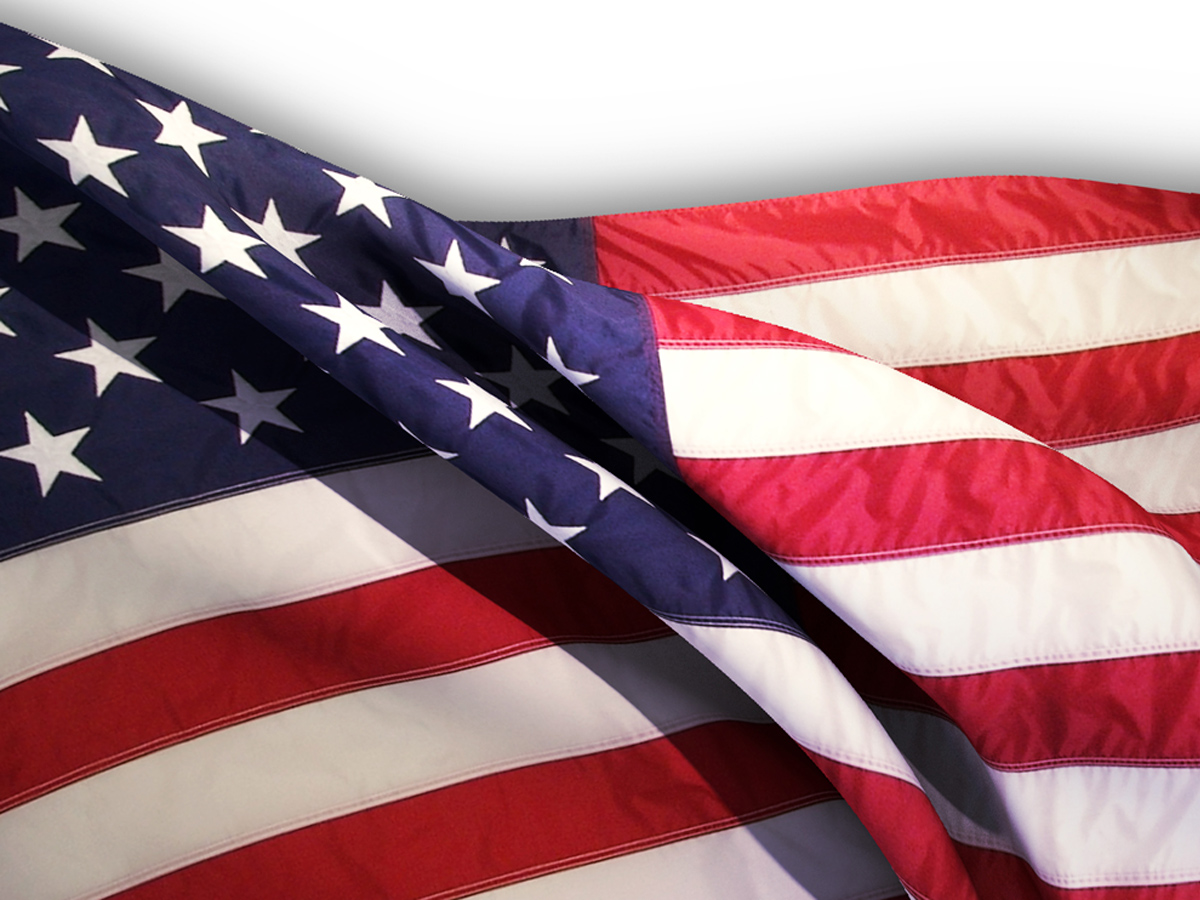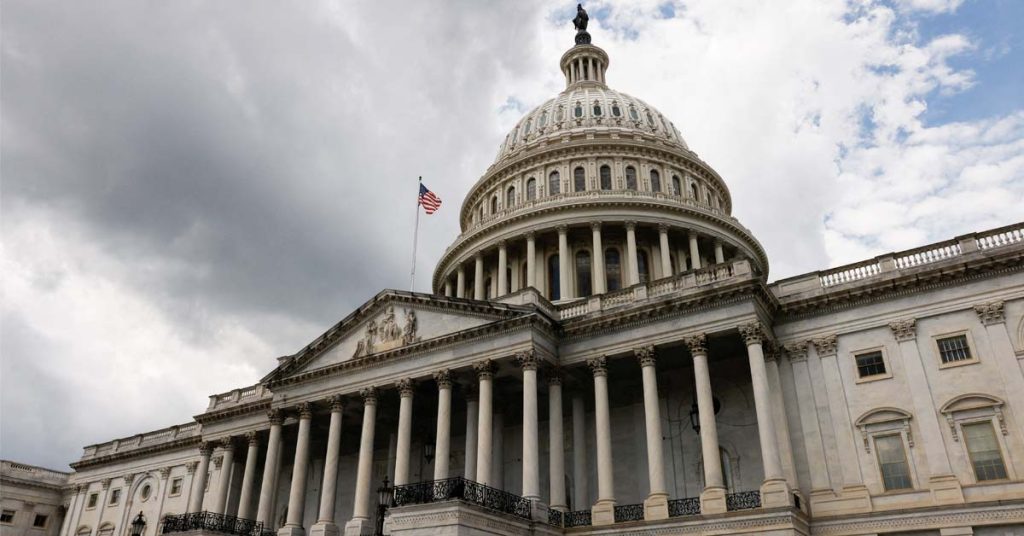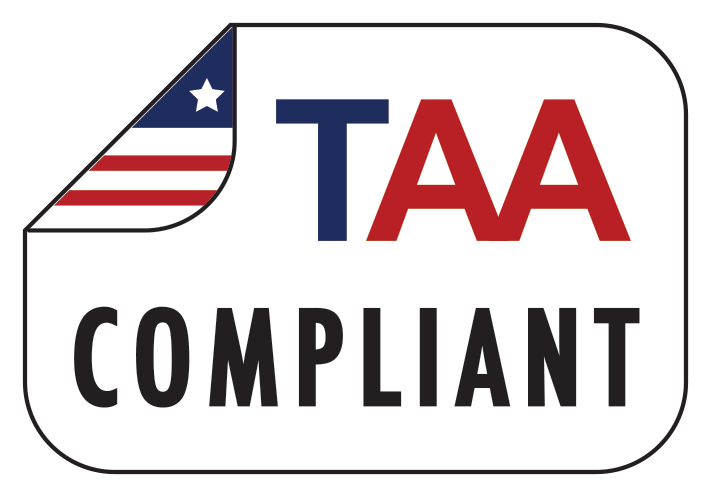TAA non-compliance is one of the most common reasons for GSA contract cancellation or at least putting it on hold. Every product you sell to federal agencies must be manufactured or substantially transformed in either the U.S. or in one of the designated countries. Since the list of designated countries changes over time, it is vital to know what the TAA approved countries are in 2024, in order to act accordingly and to remain compliant.
- What is the TAA (Trade Agreement Act)?
- Who makes the determination of TAA compliance?
- What is TAA compliance
- Who makes the determination of TAA compliance?
- Are your products on GSA Schedule TAA compliant?
- How to keep your GSA Schedule contracts TAA compliant?
- TAA Compliance by country, 2024
- Current list of TAA compliant countries include
- Non-TAA compliant countries list below
- Is it really important to check for TAA compliance in 2024?
- Frequently Asked Questions (FAQ) about the Trade Agreements Act (TAA) and GSA Contracts
What is the TAA (Trade Agreement Act)?
The Trade Agreements Act of 1974 (TAA) is a United States federal law designed to foster fair and open international trade. It aims to approve and implement certain trade agreements negotiated between the United States and other countries. One of the primary functions of the TAA is to promote American economic interests by providing the President of the United States the authority to manage and control the entry of foreign products into the American market, ensuring they meet certain criteria.
Key Objectives of the TAA:
- Promote U.S. Trade: The Act helps enhance the United States’ position in international trade by maintaining a competitive edge in the global market.
- Control Government Procurement: TAA mandates that U.S. government agencies purchase only U.S.-made products or products made in designated countries that are in sync with the TAA’s principles and definitions.
- Ensure Fair Competition: By regulating which foreign products can enter the U.S. market, the TAA aims to ensure that American products compete fairly in the domestic and global marketplace.
The TAA impacts federal procurement contracts by requiring that any product acquired for public use must be either manufactured in the United States or manufactured in a country that is privy to the agreement, adhering to the stipulations of the TAA. This compliance is essential for companies that wish to engage in contracts with the U.S. government, as non-compliance can result in the cancellation of contracts and other legal penalties.
Understanding the TAA is crucial for any business engaged in international trade with the United States, especially those involved in government contracts, as it affects how they must manage their production and supply chains to maintain compliance.
Who makes the determination of TAA compliance?
The Trade Agreements Act or shortly TAA is a Federal Law that governs trade agreements between the United States and other countries. One of the most important features of the Act is that it instructs the GSA and federal agencies to only procure products manufactured or substantially transformed in either the U.S. or in one of the TAA-designated countries. The GSA country of origin must therefore be included in the TAA compliant country list; otherwise, the product is considered non TAA compliant and the GSA can not continue purchasing under such a GSA contract.
The TAA compliant countries list can be found in the FAR-Clause-52.225-5, which is regularly updated.
What is TAA compliance
TAA compliance is nothing more than compliance with the Trade Agreement Act of 1974. However, since TAA compliant countries often change, the exact definition of “TAA compliant” may also change.
So, the best definition of TAA compliance is as follows: your product is TAA compliant if it is either fully manufactured within the territory of one of the GSA compliant countries, specifically those that are included in the list of TAA compliant countries, or if it is substantially transformed in such countries.
On the contrary, if the product or a crucial component of it was manufactured in one of non TAA compliant countries and has not gone through substantial transformation in a compliant jurisdiction (see below), the product is deemed non TAA compliant.
What is “substantial transformation” mentioned above? The substantial transformation process means that a product must be modified or transformed significantly, and that modification must add something new to the product or alter its characteristics in a substantial way. If the product was substantially transformed in one of TAA approved countries, it is considered as manufactured in that country and hence becomes TAA compliant.
Who makes the determination of TAA compliance?
Technically, you do. You see, the U.S. Customs and Border Protection states that “the responsibility for making a determination of substantial transformation rests solely with the contractor”. Which means that it is your responsibility to check and maintain TAA compliance with your products.
However, a GSA contracting officer or even your competitor may spot some TAA compliance issues and submit a protest to the General Services Administration. This may result in suspension or even cancellation of your GSA contract entirely!
Are your products on GSA Schedule TAA compliant?
Unfortunately, there is no quick and sure way to check if a product on the GSA Schedule is TAA compliant or not. You have to go the harder way: contact the manufacturer and request compliance documents. Sometimes, you may need to go deeper and ask for compliance documents for parts of the product that are assembled into the final product. Overall, it is your responsibility to request all the compliance documents, check supply chains for compliance, and make sure that third-part components used in the product are from GSA approved countries.
How to keep your GSA Schedule contracts TAA compliant?
Maintaining TAA compliance with your GSA contract means keeping all and every aspect of your product TAA compliant. And this means a lot of work in learning the country of origin for every single product in your price list. Moreover, you should maintain your TAA compliance constantly, as this isn’t a one-time affair.
When you have just so many products sold to the government, you can maintain TAA compliance with your own capabilities. But what if you have hundreds or even thousands of products? What if these products have multiple versions and models? Manual tracking of whether a product originates from a TAA compliant country would then consume all of your time! And throughout this time, you have regular business to conduct, aside from monitoring changes in the TAA countries list.
For these reasons, we recommend hiring a GSA contracting specialist, such as Price Reporter. Experienced professionals have their own ways to quickly check the TAA compliance of a product. They can discover the true country of origin and see if it is one of the Trade Act compliant countries or not.
If you want to get a free consultation, please contact Price Reporter.
TAA Compliance by country, 2024
Below is the most current TAA compliant list of countries that your product may originate from (or be substantially transformed in) to be considered TAA compliant in 2024.
Current list of TAA compliant countries include
The Trade Agreement Act countries that are considered TAA compliant:
| Country | TAA-compliant |
| Afghanistan | Yes |
| Angola | Yes |
| Antigua and Barbuda | Yes |
| Armenia | Yes |
| Aruba | Yes |
| Australia | Yes |
| Austria | Yes |
| Bahamas, or The Bahamas | Yes |
| Bahrain | Yes |
| Bangladesh | Yes |
| Barbados | Yes |
| Belgium | Yes |
| Belize | Yes |
| Benin | Yes |
| Bhutan | Yes |
| Bonaire | Yes |
| British Virgin Islands | Yes |
| Bulgaria | Yes |
| Burkina Faso | Yes |
| Burundi | Yes |
| Cambodia | Yes |
| Canada | Yes |
| Central African Republic | Yes |
| Chad | Yes |
| Chile | Yes |
| Colombia | Yes |
| Comoros | Yes |
| Costa Rica | Yes |
| Croatia | Yes |
| Curacao | Yes |
| Cyprus | Yes |
| Czechia, or Czech Republic | Yes |
| Democratic Republic of the Congo | Yes |
| Denmark | Yes |
| Djibouti | Yes |
| Dominica | Yes |
| Dominican Republic | Yes |
| El Salvador | Yes |
| Equatorial Guinea | Yes |
| Eritrea | Yes |
| Estonia | Yes |
| Ethiopia | Yes |
| Finland | Yes |
| France | Yes |
| Gambia, or The Gambia | Yes |
| Germany | Yes |
| Greece | Yes |
| Grenada | Yes |
| Guatemala | Yes |
| Guinea | Yes |
| Guinea-Bissau | Yes |
| Guyana | Yes |
| Haiti | Yes |
| Honduras | Yes |
| Hong Kong | Yes |
| Hungary | Yes |
| Iceland | Yes |
| Ireland | Yes |
| Israel | Yes |
| Italy | Yes |
| Jamaica | Yes |
| Japan | Yes |
| Kiribati | Yes |
| Laos | Yes |
| Latvia | Yes |
| Lesotho | Yes |
| Liberia | Yes |
| Liechtenstein | Yes |
| Lithuania | Yes |
| Luxembourg | Yes |
| Madagascar | Yes |
| Malawi | Yes |
| Mali | Yes |
| Malta | Yes |
| Mauritania | Yes |
| Mexico | Yes |
| Moldova | Yes |
| Montenegro | Yes |
| Montserrat | Yes |
| Morocco | Yes |
| Mozambique | Yes |
| Nepal | Yes |
| Netherlands | Yes |
| New Zealand | Yes |
| Nicaragua | Yes |
| Niger | Yes |
| North Macedonia | Yes |
| Norway | Yes |
| Oman | Yes |
| Panama | Yes |
| Peru | Yes |
| Poland | Yes |
| Portugal | Yes |
| Romania | Yes |
| Rwanda | Yes |
| Saba | Yes |
| Saint Kitts and Nevis | Yes |
| Saint Lucia | Yes |
| Saint Vincent and the Grenadines | Yes |
| Samoa | Yes |
| Sao Tome and Principe | Yes |
| Senegal | Yes |
| Sierra Leone | Yes |
| Singapore | Yes |
| Sint Eustatius | Yes |
| Sint Maarten | Yes |
| Slovakia | Yes |
| Slovenia | Yes |
| Solomon Islands | Yes |
| Somalia | Yes |
| South Korea, or Republic of Korea | Yes |
| South Sudan | Yes |
| Spain | Yes |
| Sweden | Yes |
| Switzerland | Yes |
| Taiwan | Yes |
| Tanzania | Yes |
| Timor-Leste | Yes |
| Togo | Yes |
| Trinidad and Tobago | Yes |
| Tuvalu | Yes |
| Uganda | Yes |
| Ukraine | Yes |
| United Kingdom | Yes |
| Vanuatu | Yes |
| Yemen | Yes |
| Zambia | Yes |
Non-TAA compliant countries list below
Below are the Trade Agreement Act countries that are considered TAA non-compliant countries in 2024:
| Country | TAA-compliant |
| Albania | No |
| Algeria | No |
| Andorra | No |
| Argentina | No |
| Azerbaijan | No |
| Belarus | No |
| Bolivia | No |
| Bosnia and Herzegovina | No |
| Botswana | No |
| Brazil | No |
| Brunei | No |
| Burma | No |
| Cabo Verde | No |
| Cameroon | No |
| China | No |
| Cook Islands | No |
| Cuba | No |
| Côte d’Ivoire | No |
| Ecuador | No |
| Egypt | No |
| Eswatini | No |
| Fiji | No |
| Gabon | No |
| Georgia | No |
| Ghana | No |
| Holy See | No |
| India | No |
| Indonesia | No |
| Iran | No |
| Iraq | No |
| Jordan | No |
| Kazakhstan | No |
| Kenya | No |
| Kosovo | No |
| Kuwait | No |
| Kyrgyzstan | No |
| Lebanon | No |
| Libya | No |
| Malaysia | No |
| Maldives | No |
| Marshall Islands | No |
| Mauritius | No |
| Micronesia | No |
| Monaco | No |
| Mongolia | No |
| Namibia | No |
| Nauru | No |
| Nigeria | No |
| Niue | No |
| North Korea | No |
| Pakistan | No |
| Palau | No |
| Palestinian Territories | No |
| Papua New Guinea | No |
| Paraguay | No |
| Philippines | No |
| Qatar | No |
| Republic of the Congo | No |
| Russia | No |
| San Marino | No |
| Saudi Arabia | No |
| Serbia | No |
| Seychelles | No |
| South Africa | No |
| Sri Lanka | No |
| Sudan | No |
| Suriname | No |
| Syria | No |
| Tajikistan | No |
| Thailand | No |
| Tonga | No |
| Tunisia | No |
| Turkey (Türkiye) | No |
| Turkmenistan | No |
| United Arab Emirates | No |
| Uruguay | No |
| Uzbekistan | No |
| Venezuela | No |
| Vietnam | No |
| Zimbabwe | No |
Is it really important to check for TAA compliance in 2024?
Yes, this matter is of utter importance to your business with the GSA.. The GSA Trade Agreement Act applies to all Schedules, and this means that failure to maintain TAA compliance of just a single product under one Schedule can automatically put all your Schedules under the contract on hold.
It is vital to check the TAA country list from time to time and make sure there are no significant changes due to politics, economical reasons, and such. Also, you should make sure that every component of your product is manufactured in Trade Agreement Act countries or at least was substantially transformed in one of them.
Moreover, there is growing attention to TAA compliance from contracting officers today. And while TAA compliance is still largely a self-certification procedure, it is your responsibility to proactively check for TAA compliance and fix any compliance issues you find as soon as possible. At Price Reporter, we often receive complaints from our clients that some of their competitors abuse the TAA compliance mechanism, and try to use this as a reason to submit a protest, and hence clear the federal market from unwanted competition that wasn’t accurate and diligent enough to maintain compliance with TAA.
Don’t be one of those unlucky GSA contractors who lost their Schedule because of inattention to the country of origin of their products. Be on top of your game when it comes to TAA compliance!
Frequently Asked Questions (FAQ) about the Trade Agreements Act (TAA) and GSA Contracts
1. What does it mean for a product to be TAA compliant?
A product is considered TAA compliant if it is fully manufactured in the United States or in a designated country that is part of a trade agreement with the U.S., or if it has undergone substantial transformation in one of these countries. Substantial transformation means that the product was fundamentally changed in a way that increased its value, utility, or purpose.
2. How often does the list of TAA compliant countries change?
The list of TAA compliant countries can change depending on international trade agreements and political relations. The Federal Acquisition Regulation (FAR) Clause 52.225-5 is regularly updated to reflect these changes. It is important for contractors to review this clause frequently to ensure that they remain up to date with the current standards.
3. What are the consequences of non-compliance with the TAA for GSA contracts?
Non-compliance with the TAA can lead to severe consequences including the cancellation of existing contracts, suspension from future contracts, and financial penalties. Ensuring compliance is critical to maintain good standing in federal procurement processes and to avoid legal and financial repercussions.
4. Who determines whether a product is TAA compliant?
The responsibility for determining TAA compliance primarily rests with the contractor. U.S. Customs and Border Protection can provide guidelines, but it is ultimately up to the contractor to ensure that their products meet the necessary criteria of either being manufactured or substantially transformed in a TAA compliant country.
5. Can a product be partially manufactured in a non-TAA compliant country and still be considered compliant?
A product can still be considered TAA compliant if it has undergone substantial transformation in a TAA compliant country, even if some components were initially manufactured in a non-TAA compliant country. The key is that the final transformation significantly alters the product into a new and different article with a new name, character, or use different from that of the original components.









This article serves as a vital resource for understanding the complexities of TAA compliance. The list of TAA compliant countries is particularly useful for maintaining compliance in real-time.
Staying informed about TAA compliance is crucial for any GSA contractor. The constant updates to the list of compliant countries highlight the need for ongoing vigilance and adaptation.
Great insight into the Trade Agreements Act and its implications for GSA contracts.
The detailed breakdown of TAA compliant and non-compliant countries is incredibly helpful. It’s clear how crucial it is for GSA contractors to stay updated to avoid compliance issues.